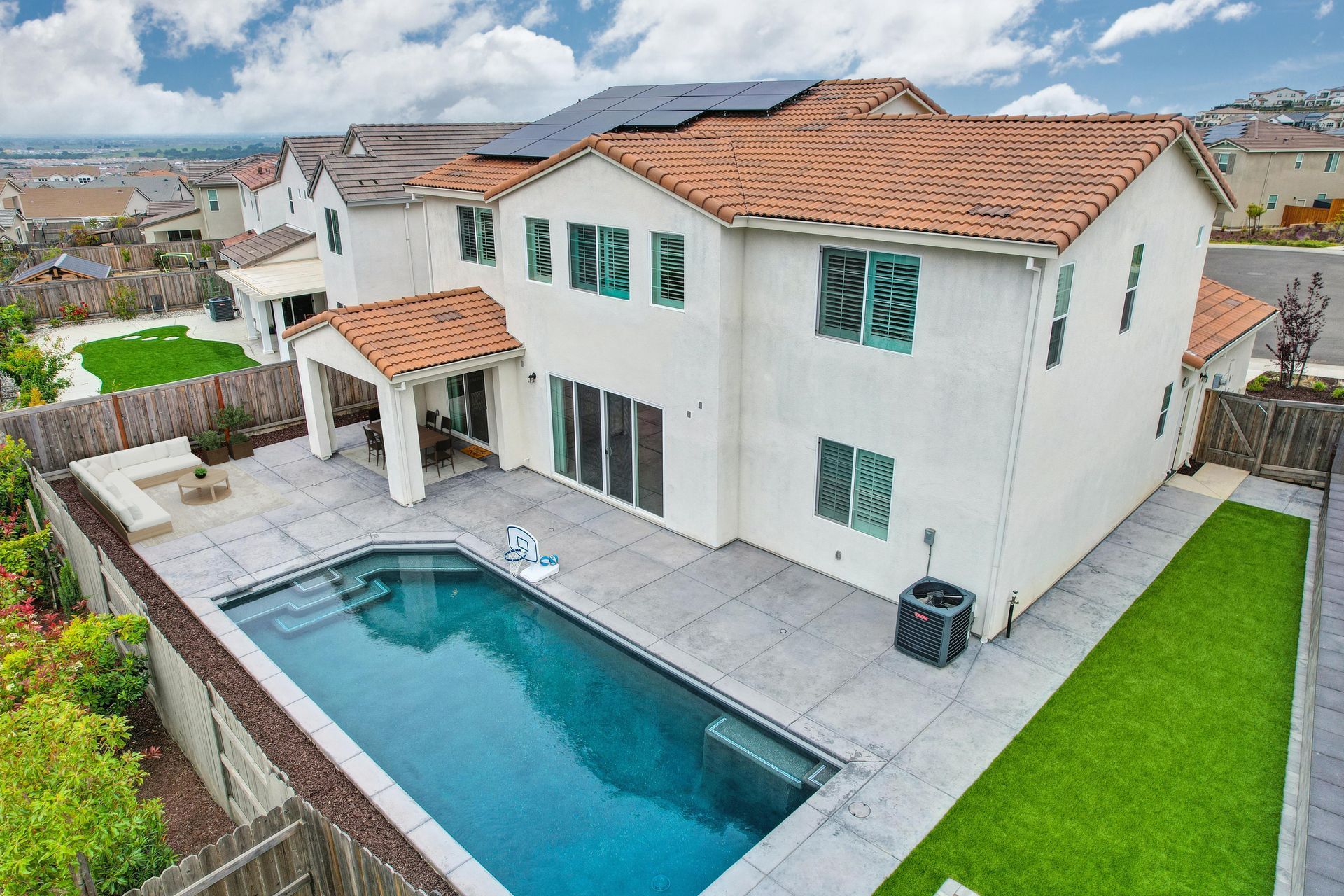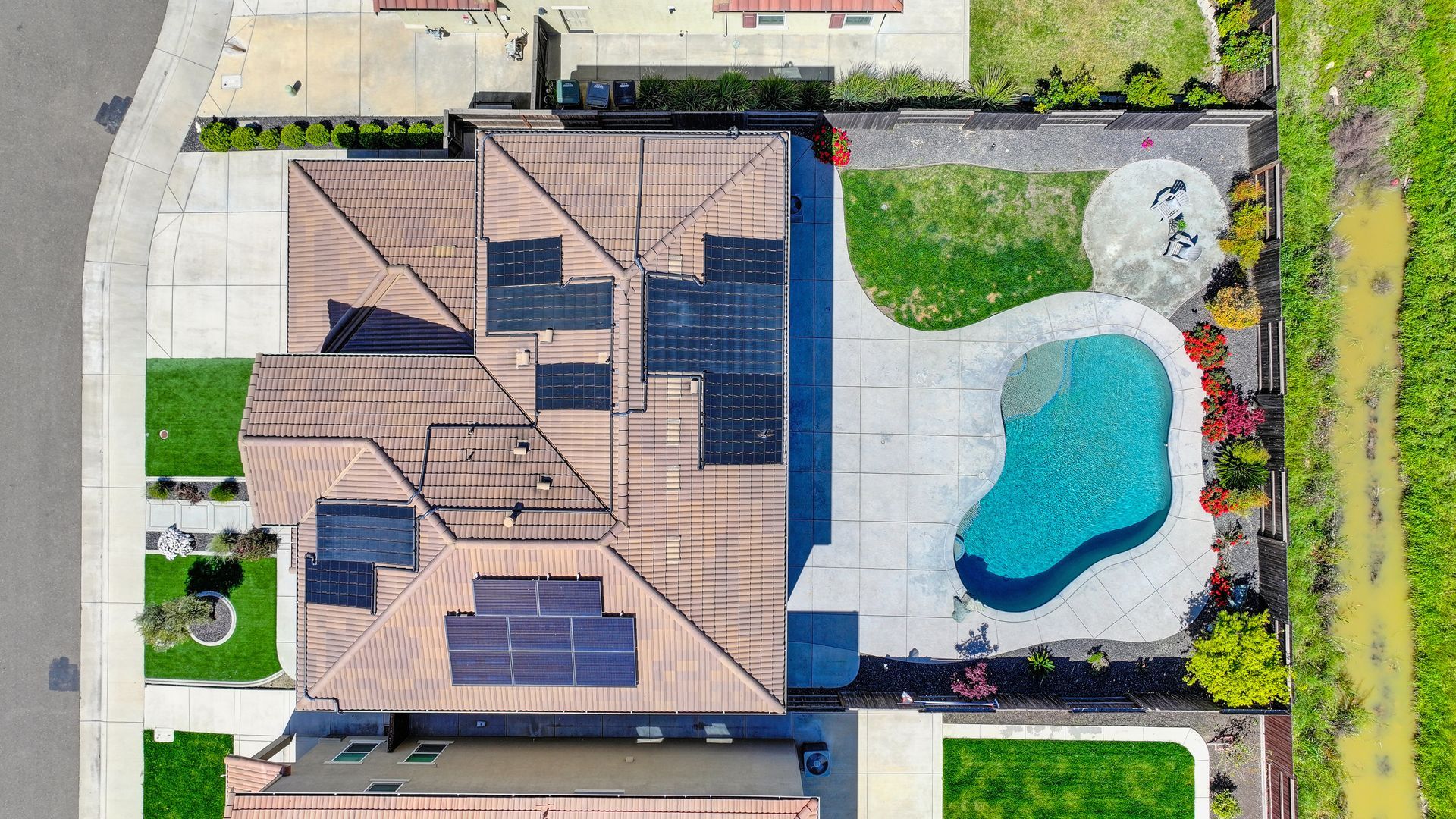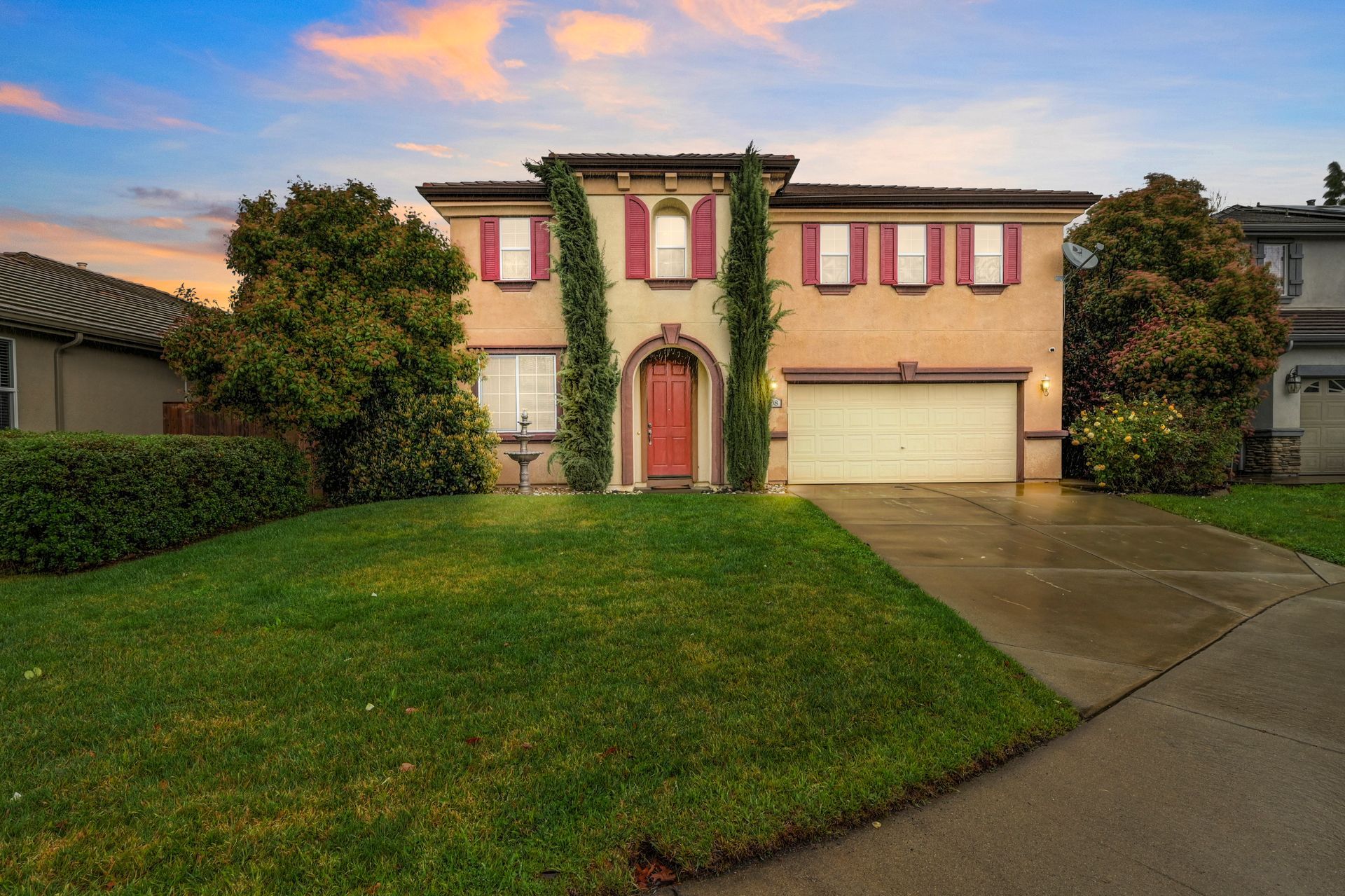Discover West Park: Roseville’s Charming Neighborhood
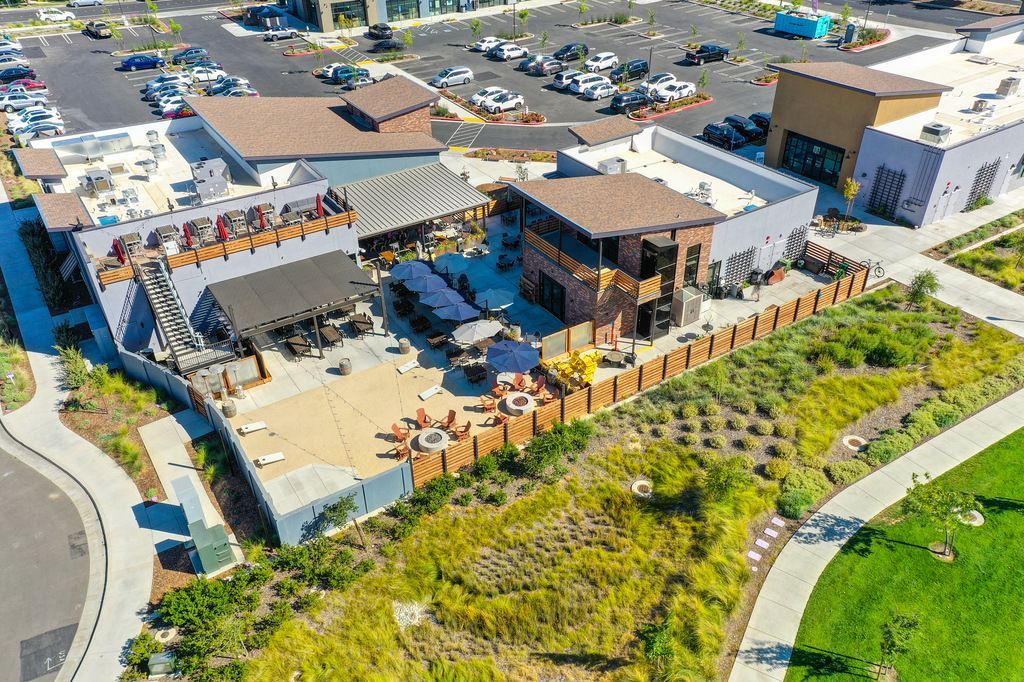
Nestled in the heart of Roseville, West Park is a vibrant and welcoming neighborhood that offers a perfect blend of suburban tranquility and modern amenities. Whether you’re a young professional, a growing family, or looking to retire in a peaceful setting, West Park has something for everyone. Let’s take a closer look at what makes this neighborhood a standout choice for potential homebuyers.
Prime Location and Accessibility
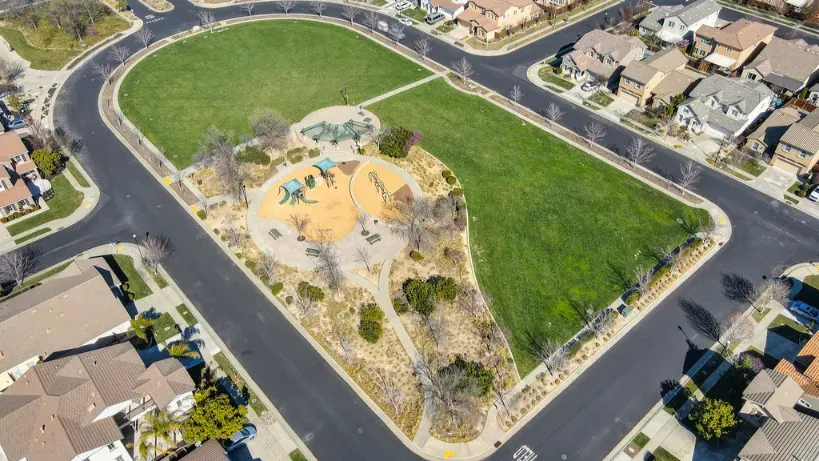
West Park is strategically located in the western part of Roseville, providing easy access to major highways, including Highway 65, Interstate 80, and Highway 99. This prime location ensures convenient commutes to nearby cities like Sacramento and the greater Bay Area, making it ideal for those who work in the city but prefer the charm of suburban living.
Top-Rated Schools
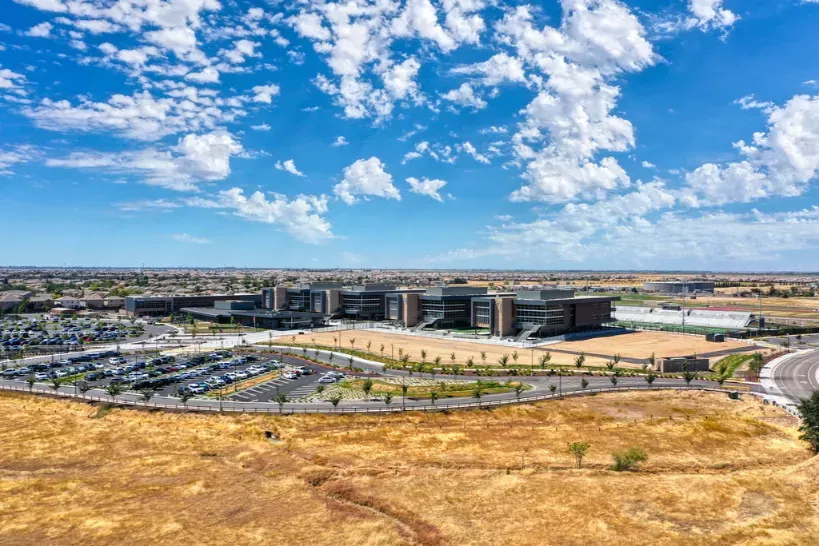
Families with children will appreciate the highly-rated schools in the West Park area. The neighborhood is served by the Roseville City School District and the Roseville Joint Union High School District, both known for their strong academic programs and dedicated staff. Some of the notable schools include Junction Elementary School, Orchard Ranch Elementary School, Barbara Chilton Middle School, and the new state of the art West Park High School, ensuring quality education for students of all ages. These schools consistently receive high marks for their academic excellence, making them a significant draw for families considering a move to the area.
Abundant Recreational Opportunities

Outdoor enthusiasts will find plenty to love in West Park. The neighborhood boasts numerous parks and green spaces, perfect for picnics, jogging, or simply enjoying the California sunshine. Mahan Park, Nichols Park, and Festersen Park are popular spots for families, featuring playgrounds, sports fields, and walking trails. For those who enjoy golfing, the nearby Woodcreek Golf Club offers a challenging course with beautiful scenery.
Modern Amenities and Shopping
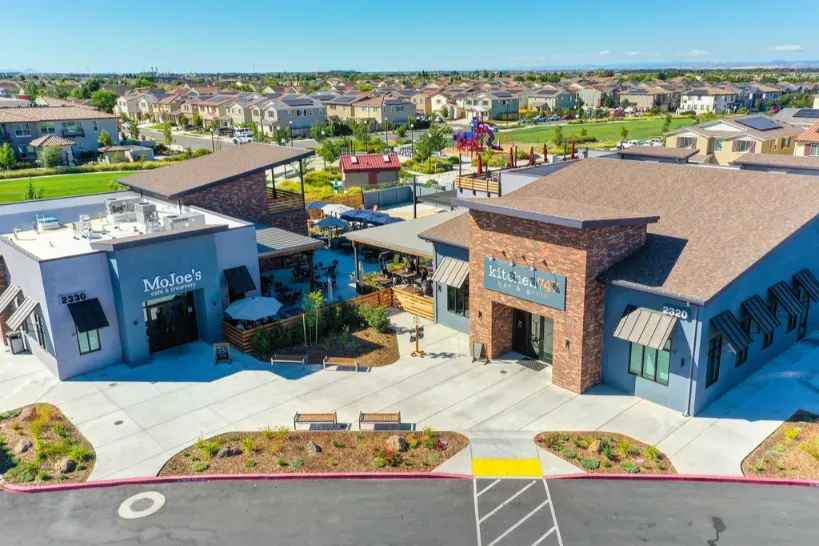
West Park residents have access to a variety of modern amenities, including shopping centers, restaurants, and entertainment options. The Westfield Galleria at Roseville, one of Northern California’s premier shopping destinations, is just a short drive away. Here, you’ll find a wide range of retail stores, dining options, and a movie theater, ensuring there’s always something to do on weekends. Within the neighborhood itself, there are several delightful restaurants, Kitchen 747, Masa Masa, and MoJoe's offering diverse culinary experiences, making dining out convenient and enjoyable. Village West Park also features a gym, veterinary, barber, orthodontist, and Med Spa.
Vibrant 55+ Communities
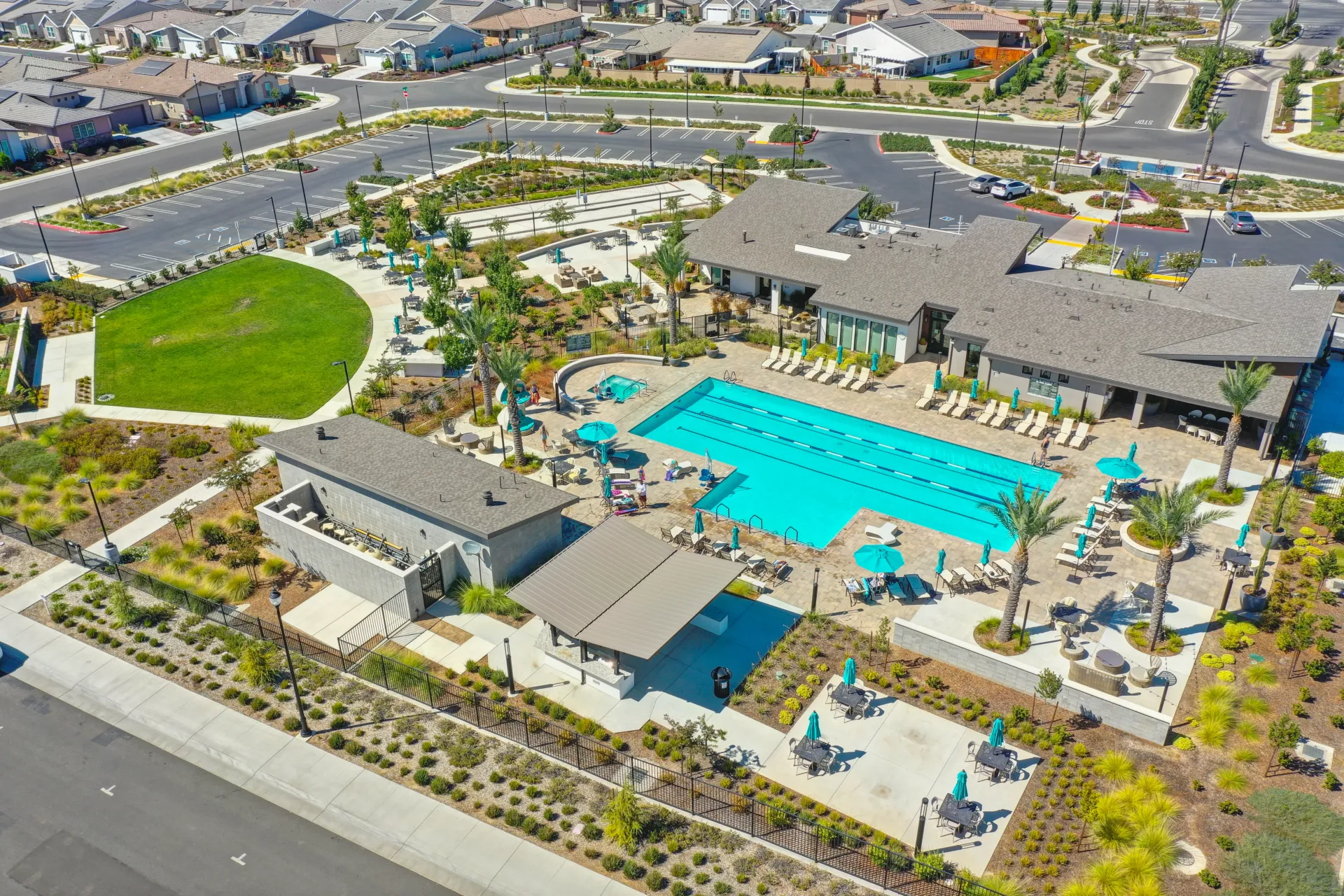
West Park is also home to several 55+ communities, providing excellent living options for active adults and retirees. These communities offer a range of amenities such as fitness centers, swimming pools, social clubs, and planned activities, ensuring a fulfilling and engaging lifestyle for senior residents.
Community Spirit

One of the standout features of West Park is its strong sense of community. The neighborhood hosts regular events and activities that bring residents together, fostering a friendly and welcoming atmosphere. From farmers’ markets and holiday celebrations to neighborhood clean-up days, there are plenty of opportunities to get involved and meet your neighbors.
Real Estate in West Park
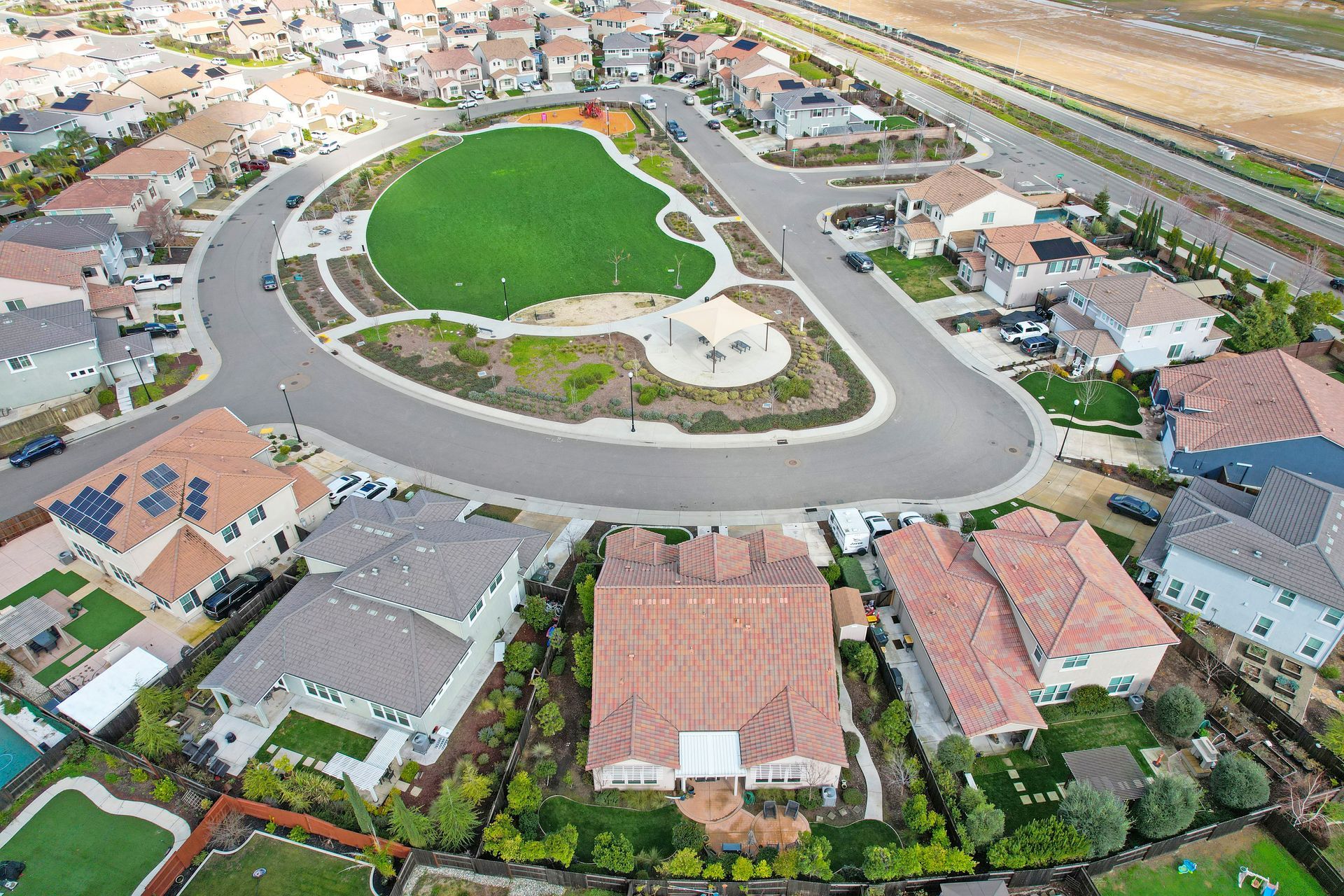
West Park offers a diverse range of housing options, from charming single-family homes to modern townhouses. The area is known for its well-maintained properties, spacious lots, and attractive landscaping. Whether you’re looking for a cozy starter home, a larger property to accommodate a growing family, or a home in a 55+ community, you’re sure to find something that fits your needs and budget in West Park. Maybe add in photos of homes that have been sold in West Park, like a townhome, a big home, a small home, and some in the 55+ communities?
Future Developments
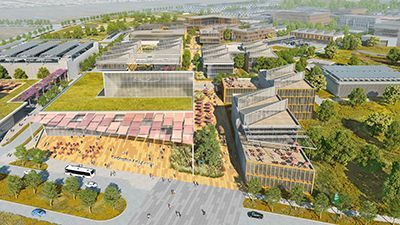
West Park is not just a great place to live today, but it’s also poised for future growth and development. The upcoming Sacramento State Placer Center in nearby Roseville, expected to open in 2028, promises to bring additional educational and economic opportunities to the region, further enhancing the appeal of West Park.
Conclusion
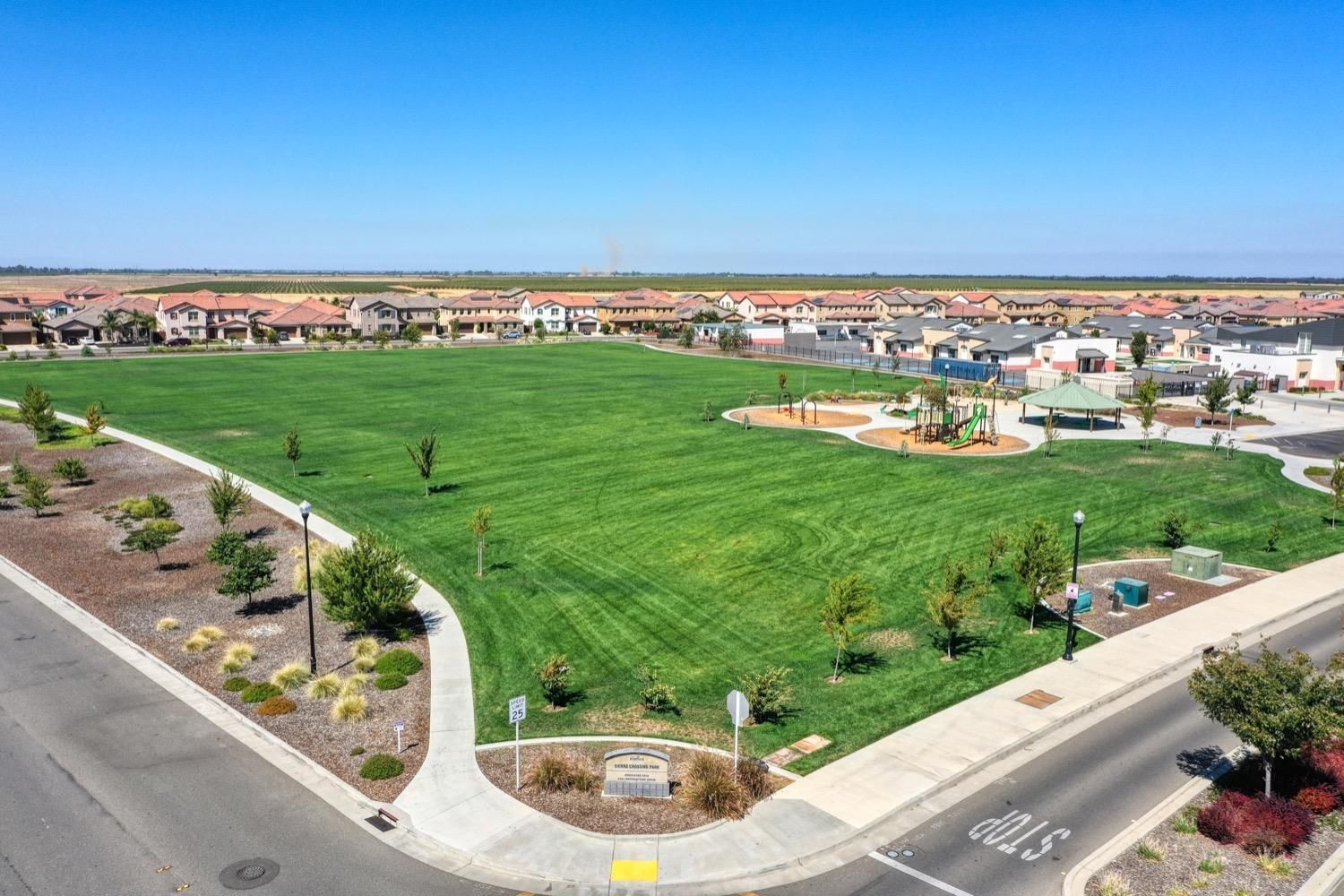
West Park in Roseville offers a unique combination of suburban charm, excellent schools, abundant recreational opportunities, modern amenities, and a strong sense of community. Its prime location and diverse housing options, including 55+ communities, make it an ideal choice for anyone looking to settle down in a friendly and vibrant neighborhood. If you’re considering a move to Roseville, be sure to explore all that West Park has to offer – it might just be the perfect place to call home.
As neighborhood experts and residents of West Park, we'd love to give you a tour and show you homes that fit your needs!
We look forward to working FOR YOU! Call/text us at 916-343-1618 with any real estate questions!


